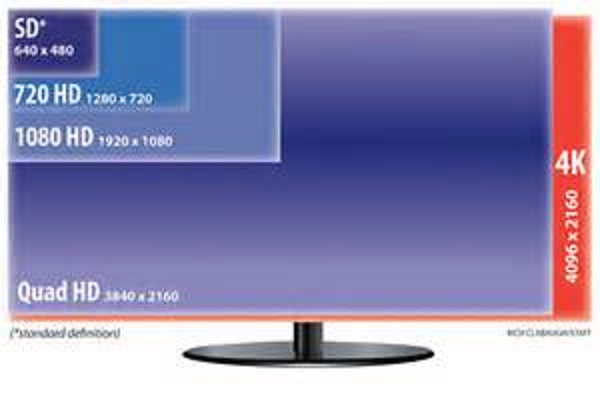The original goal of large-screen High Definition (HD) TV was to provide an immersive viewing experience. In order to achieve this the picture needed to be large enough to fill the viewer’s field of vision but to have small-enough pixels that the viewer could not see individual pixels. What’s a pixel? It means “picture element” (or “dot”, to most of us). Obviously, the more dots the better the picture quality. But more dots costs more money, so people buying TV sets or other displays (e.g., personal computers, tablets, or smartphones) may need to trade off image quality vs. cost. Fortunately, the constant advancement in technology means that displays keep becoming better and cheaper. The big deal in TV screen quality today is 4K. What’s that? It’s actually 4096×2160 (horizontal x vertical) pixels (4096 is 4K). Practically speaking, where displays are concerned, literally “beauty is in the eye of the beholder”. It depends on how far your eyes are from the display, but if you can’t see individual pixels the resolution is probably high enough. Apple has made a big deal out of their 4K Retina displays, which are beautiful, but their high pixel density is unnecessarily high. And there is a huge amount of material that is viewed at far lower resolutions. Google Glass records its videos at 720p (1280×720 pixels), and a lot of YouTube videos are even considerably lower than this, maybe even lower than the old Standard Definition (SD) resolution of 640×480.
Resolution Confusion: 4K TV’s, Apple Retina, and Lower-Resolution Displays
Reply

